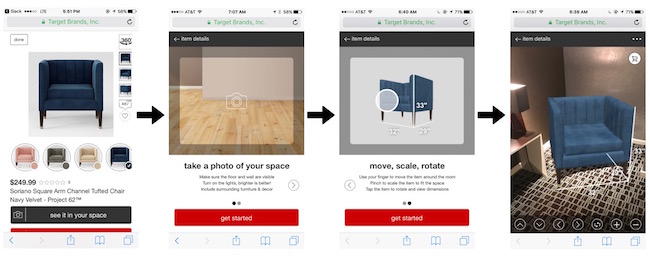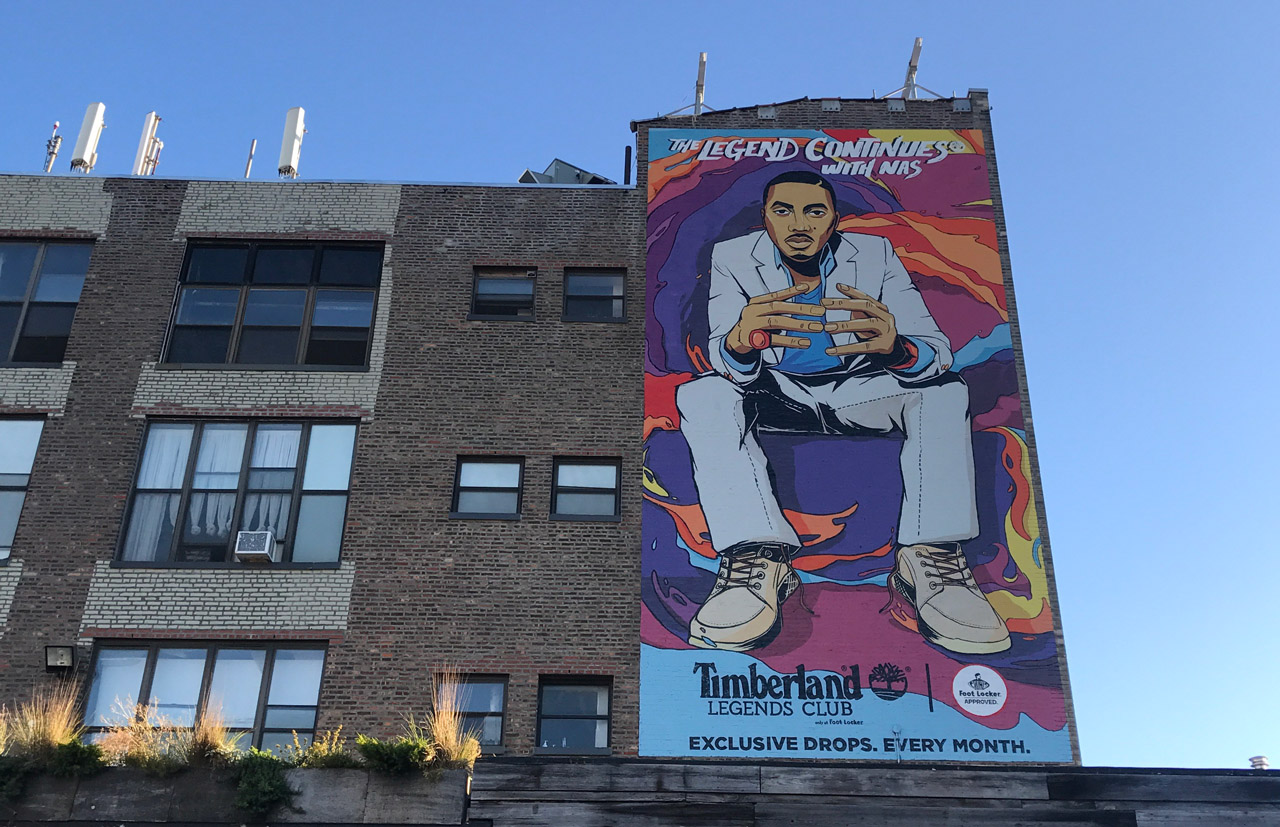PREDICTIONS: 2018 DESIGN TRENDS
I cannot wait to get started on upcoming visual design projects this year. In my quest to explore new vendors and new ideas I stumbled across an interesting article speaking to 2018 design trends. These predictions were from top creatives and their opinions on what we’ll be seeing after we ring in the New Year! Over the years we have gone from animation & motion graphics to greater digital experiences. This past year it was about virtual reality. In 2018, design trends will touch on each of these and bring them to new heights!
AUGEMENTED AND VIRTUAL REALITY
The biggest trend in retail design could be further bridging the gap between the physical store space and the digital experience. The physical store space is becoming more connected, while the digital experience is taking on more physical qualities. This is happening by us creating more life-like experiences in the digital world. Understanding websites alone or apps alone will not enable us to design meaningful interaction in the era of AI. The multi-touch interface will be replaced by voice and image even faster than touchscreens replaced the mouse and keyboard.
A good example would be Target’s “See It In Your Space” augmented reality feature on its mobile site launched last year. Target shoppers could place 3D versions of Target home products onto photos of actual rooms in their home. Items can be moved around at accurate scale, showing shoppers how that Target purchase could look in their homes all before buying the product. But we have to wonder, as retailers like Target are trying to acquire more foot traffic, would these features cause shoppers to stay at home and shop?
BRANDING
Moving into 2018, the trend towards more inclusive collaboration between brands and creative partners will hopefully continue to grow with new and interesting opportunities. It will no longer be about just executing design but helping concept creative ideas from scratch. Retail environments will have to be rethought and redesigned to not just experience products and make a transaction but get a full understanding of what makes their brand different than the competition. Design must cut through the clutter and resonate with customers. The goal is to achieve clarity with minimal content. Think of every brand becoming a “lifestyle” brand.
Another trend is for companies to forge smart partnerships with similarly minded companies, exposing their brands to both sets of target audiences for maximum exposure. But then again, 2018 may also prove to be the year of fun mashups, exposing two entirely different passionate audiences just to see what would happen.
ANIMATION & MOTION GRAPHICS
This is not new by any means… but animation still remains important in innovative storytelling. Retail animation involves working on bringing the brand and its products to life for the consumer. It’s not about placing a product on a beautiful display in the store, but rather telling a relevant story and bringing an emotional experience to life in-store and online. You know your animation is successful when it has traveled through earned media, owned marketing channels, key influencers, across social media, in-store and “out of home” executions. An awesome example of this would be the partnership between Timberland and Footlocker. Their campaign is called, “The Legend Continues with Nas” and it has become a clever way to engage with their audiences, including Nas’ fan base and the store & brand’s target markets.
DIGITAL VS. PHYSICAL EXPERIENCE
In 2018 we’ll continue to see a growing trend of creating “Instagrammable moments”. Since nearly everyone is now a real-time smartphone socializer, brands are picking up on the lure toward photo ops, and how they can provide free mass-marketing. It's all about creating a one-of-a-kind experience that, basically, guests can't help but want to post. If you give guests options that they've never seen or experienced before, those are the moments that get them share.
Another trend revolves around remembering that well-designed brand experiences also mean having well trained, motivated and engaging employees. These people remain the best and most important part of any brand engagement. A good interaction with store staff will dramatically raise the likelihood of a sale, whereas a rude or negative interaction will likely turn the consumer off your brand for good. Brands should understand this balance, keeping staff engaged, motivated, and invested in making the consumer experience as exciting as possible, in addition to having excellently designed (and regularly updated) digital and physical touch points that facilitate positive interactions and ultimately drive sales.
Digital and physical touchpoints now must work together flawlessly – yet also do what each touchpoint does best on its own.



